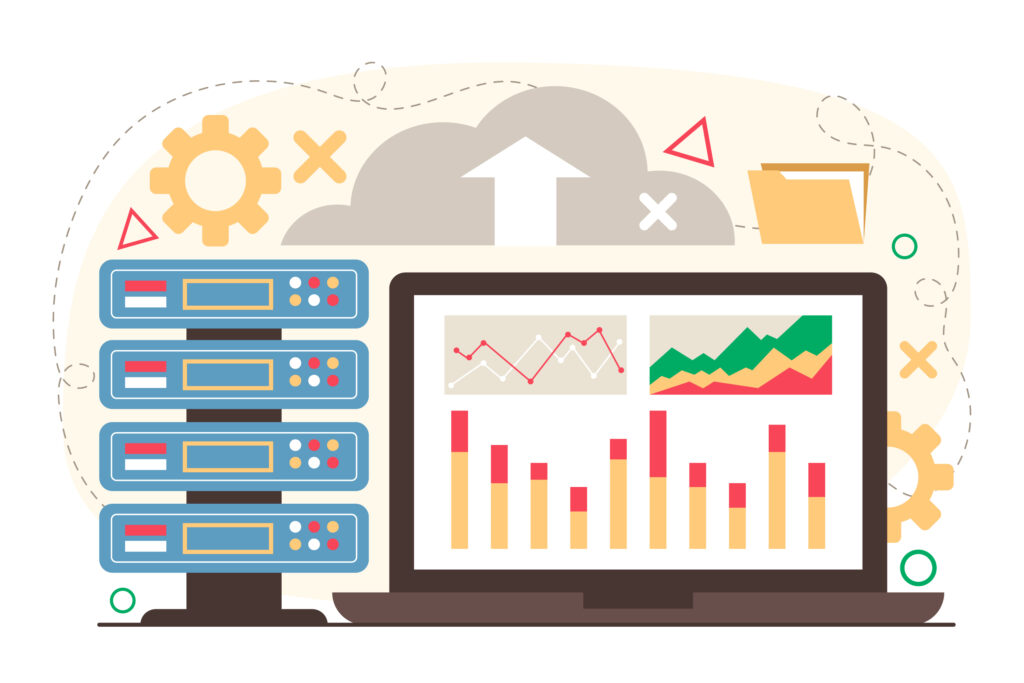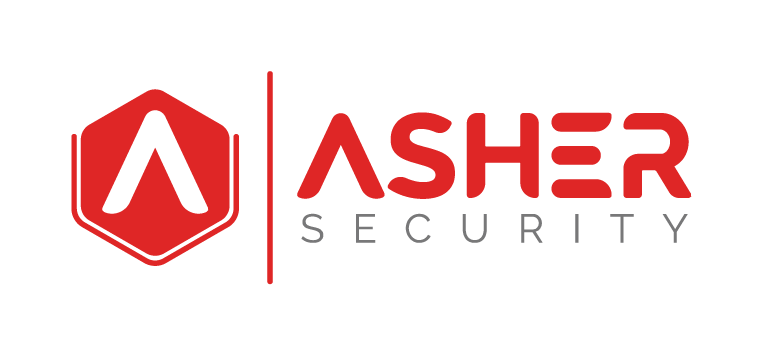Vendor Risk Management is an important part in mitigating risk in your business.

Supplier performance evaluations in the form of vendor scorecards have now assumed a significant and nearly ubiquitous role within the industry as more firms now view the management of supplier relationships as more than just a procurement task. They allow for the risk assessment of suppliers in those specific areas, informing the various management decisions and improving the overall management of the vendors.
Recent industry research shows that organizations using structured vendor evaluation systems experience significant benefits. From the ‘Deloitte Global Chief Procurement Officer Survey’ it was found that organizations with effective supplier assessment processes have 20% more satisfaction with supplier performance and get 15% more savings compared with organizations with no vendor risk management policy in place.
As global supply chains continue to become complicated, the heightened awareness of reputation risk and third-party risk management has made vendor scorecards more important than before. These tools help organizations:
- Quantify and track supplier performance objectively
- Identify and mitigate potential risks early
- Drive continuous improvement in vendor relationships
- Support strategic sourcing decisions
- Enhance overall supply chain resilience
This comprehensive guide explores the fundamentals of vendor scorecards, their implementation strategies, key performance indicators, and best practices for maximizing their effectiveness in your organization’s vendor risk management program.
What are Vendor Scorecards?
In its simplest sense, a vendor scorecard is a management mechanism used to quantify vendor performance. Such scorecards often encompass quality, delivery time, cost, and customer service and can be used to see if a particular vendor delivers a service as planned. It helps keep your vendors on their toes, ensuring they do not perform poorly in any desired aspect.
But it’s not only the result that counts. Another common item in vendor scorecards is a risk assessment scoring service that grades vendors for risk and how they may affect your business. By including third-party risk assessments and even including reputation management metrics businesses can get a sense of what is going wrong before it gets out of hand.
Here is a video on third-party vendor risk assessment:
Why Do Vendor Scorecards Matter in Vendor Risk Management?
We’ve all heard the saying, “You are known by the company you keep.”
Well, this holds truth for your business too. The vendors that you transact with either help in enhancing your reputation or help in a public relations disaster. If a vendor underperforms or is involved in a scandal, it poses a significant threat to an organization’s reputation and possibly its financial stability.
This is where vendor risk management steps in. With the help of vendor scorecards, you can evaluate third parties based on KPIs, which include operational losses, financial conditions, compliance breaches, and potentially damaging reputational loss. If a vendor is weak in any of these aspects, then you’re in trouble. Thus, when properly structured a scorecard will provide you with the information essential for decision making on the future of that partnership business relationship.
Key Components of a Vendor Risk Management Scorecard

You can’t just pick a vendor and hope for the best. Vendor scorecards include a wide variety of metrics to ensure that your partners meet your expectations. These key components will help assess vendor risk in multiple dimensions:
- Performance Indicators:
- Delivery Time: Does the vendor meet agreed-upon delivery schedules? Any delays could disrupt your operations.
- Quality Control: Are the products or services provided consistently of high quality?
- Cost Efficiency: Is the vendor providing competitive pricing without compromising quality?
- Risk Assessment Scoring:
- Financial Stability: A vendor with a shaky financial position can affect the stability of your supply chain.
- Compliance: Is the vendor compliant with industry regulations, standards, and policies?
- Data Security: In today’s digital world, vendors must prioritize cybersecurity to protect sensitive information.
- Reputation Management:
- Media Coverage: Is the vendor in the news for the right reasons? A scandal or unethical practices can create reputation risk for your company.
- Customer Feedback: What do other customers say about the vendor? A solid reputation is an essential indicator of reliable performance.
- Ethical Practices: Does the vendor operate with transparency and ethical standards?
Using Vendor Risk Management Scorecards to Mitigate Reputation Risk
Managing reputation risk is an essential part of any business strategy. A single misstep by a vendor could tarnish your company’s reputation, especially if the vendor is associated with controversial actions, such as unethical labor practices or environmental violations
Here’s how vendor risk management using scorecards can help mitigate reputation risk:
- Pre-emptive Evaluation: The good thing is that by incorporating reputation management metrics into your scorecard, you’ll be able to see any warning signs on this front. For instance, when the vendor suffers bad publicity resulting from environmental infringement, one arrives at a fully informed decision about the vendor.
- Ongoing Monitoring: Reputation is not a static thing, and your evaluation of a vendor should not be either. As you know, having a scorecard completed regularly helps identify any behavioral or performance changes that may affect your reputation.
- Building Stronger Relationships: When used as the tool for promoting communication and increasing vendor transparency, a scorecard is frequently used to avoid possible problems. This open dialogue can improve your vendor relationships while also ensuring that they are in the right direction as your company.
How to Create an Effective Vendor Risk Management Using Vendor Scorecards
Creating a vendor scorecard that suits your specific needs isn’t as simple as filling in a template. It demands some contemplation of what exactly you want for your business, how you intend and want to communicate with your vendors, and what sort of risks you are dealing with. Here’s how to go about building one:
- Identify Your Key Metrics: The first and perhaps the most crucial element involved in the development of the scorecard involves the assessment of what is valuable in the business. For example, if you are in a logistics vendor, delivery time and reliability are part of the performance forms. If you are with a software provider, safety features and reliability may matter most.
- Establish Clear Scoring Criteria: After your chosen metrics are defined, have specific benchmarks set up for each of them. For instance, you could give vendors a score of 1 to 5, where 1 is low and 5 is high for a vendor.
- Incorporate Risk Assessment and Reputation Management: Always provide a section that discusses the vendor’s financial position, legal compliance, and general market reputation. This will ensure that not only are you assessing their performance, but also the repercussions afterwards on your reputation.
- Track Performance Over Time: Vendor relationships evolve. This indicates that when you analyze the scorecard frequently and monitor all changes, you will be able to make improved decisions, regarding whether to proceed with the examined relationship, renegotiate it, or terminate it.
How Vendor Risk Management Scorecards Reduce Third-Party Risk
Third-party risks are quite risky or rather have great consequences for in organization’s operations. A small misfortune or a problem with a contractor may cost a business millions of dollars, penalties, or even litigation. The third-party risk assessment scorecard allows you to assess a vendor using a structured format that shows operations, performance, as well as risk level.
For instance, a vendor may not be compliant or have issues with possible financial difficulties – all of which could be problematic for you. With an effective scorecard in place, you can lower vendor risk proactively before it worsens past a certain point.
Benefits of Using Vendor Scorecards for Reputation Management
Vendor scorecards can offer numerous advantages, especially when it comes to reputation management:
- Enhanced Visibility: Measures such as abacus scorecard, value scoring portfolio, and relative total cost differentiate the performance of your vendors and their potential risk on your reputation.
- Proactive Risk Mitigation: This way you can get early signals of any risk that would be damaging your brand and you can take early corrective measures.
- Improved Vendor Relationships: A vendor who is aware of being observed in his/her performance will have to ensure he/she is accountable hence benefiting the vendor and the buyer.
Vendor Risk Management with Asher Security
Vendor Risk Management and assessment is essential to protecting your business. While not every threat can be predicted, the right tools and technologies can reduce impact and strengthen your path to sustainable growth.
Asher Security offers a comprehensive solution designed to help you manage contracts, evaluate third-party risk, receive real-time alerts, and gain confidence in your vendor relationships. Our robust risk management platform simplifies and centralizes your processes—empowering you to stay ahead of potential disruptions.
Discover how Asher Security can support your risk strategy—SCHEDULE A MEETING.
Join Our Newsletter
Recent Comments